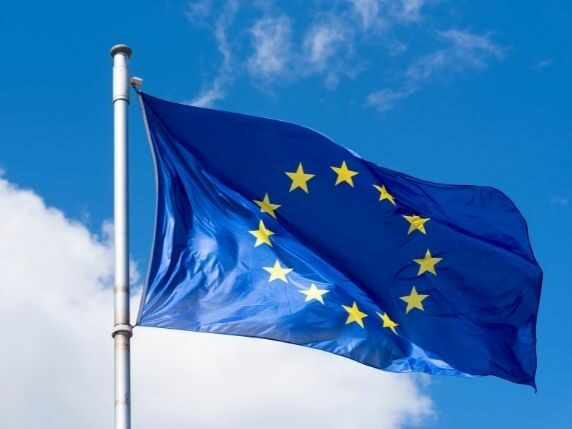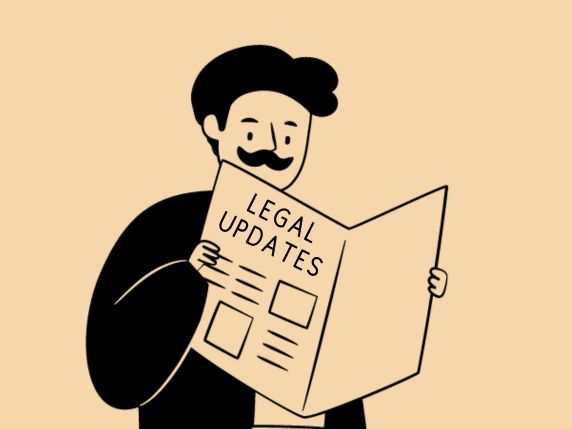From 1st January 2026, any use of a trade mark in the EU will no longer be relevant to maintaining a UK comparable trade mark. Any comparable trade marks that haven’t been used in the UK in the past five years will be vulnerable to revocation and removal from the Trade Mark Register.
What is the current legal position?
Under UK trade mark law, a UK trade mark that has not been used for five years can be revoked and removed from the Trade Mark Register. This principle prevents brands from registering trade marks that they have no intention of using purely to block others from acquiring rights over them.
Use of a comparable trade mark in any EU state counts as use of the comparable UK right. As a result, brands can retain their protection in the UK even if they do not use the mark here. As of next January 2026, this is set to change.
What will change in January 2026?
From 1st January 2026, being five years from when the UKIPO created comparable trade marks following Brexit, trade mark owners will no longer be able to rely on their use of a mark in the EU to defeat a revocation claim for non-use of their comparable trade mark. Only the use of the mark in the UK will count.
What does this mean for brand owners?
If you haven’t used your trade mark in the UK over the past five years, it may be revoked for some or all of the goods and services you registered it for. Should this happen, you will lose your rights to prevent others from using the same or a similar mark or object to a third party registering the mark themselves.
Should you maintain your comparable trade mark?
You could secure trade mark protection in the UK by refiling for a national mark. However, maintaining your comparable trade mark offers several distinct advantages, including:
- You retain your original filing date, which is the date from which your trade mark protection runs. This means that you can enforce your rights against third parties using the branding without permission or invalidate any trade mark registered after that date on the grounds that it conflicts with your earlier registration.
- If you refile, you run the risk of another brand opposing your registration on the basis that they already have a registration for the mark.
- The IPO created comparable trade marks at no cost to the owners of EUTMS. If you refile your mark as a UK trade mark, you will need to pay registration costs and any associated legal fees.
- Comparable marks allow you to streamline your trade mark portfolio management since your renewal dates will be the same for all relevant territories.
What can you do to maintain your trade mark protection in the UK?
In light of the imminent change, brand owners should check their trade mark portfolio to identify the marks they want to maintain. If they wish to keep any comparable marks that haven’t been used in the UK in the past five years, they must devise a strategy to use that trade mark in the UK before 1st January 2026. If you are unsure how to develop a strategy, our trade mark solicitors can offer practical advice to help you protect and retain your rights.
Ben Evans, Head of Trade Marks at Harper James, comments:
It is really important that business owners understand the significance of this upcoming change to their brand protection strategies. While it’s possible to defend a non-use action on the basis that your lack of use was due to circumstances beyond your control, those circumstances need to be exceptional, such as import and export restrictions. Brands wishing to maintain the protection afforded by a comparable trade mark in the UK must use and document the use of the trade mark before the change takes effect on 1st January 2026.







